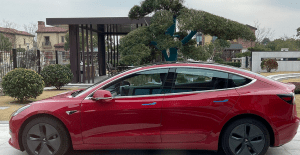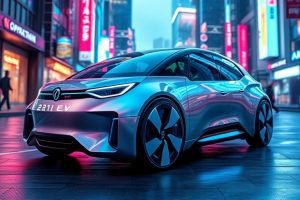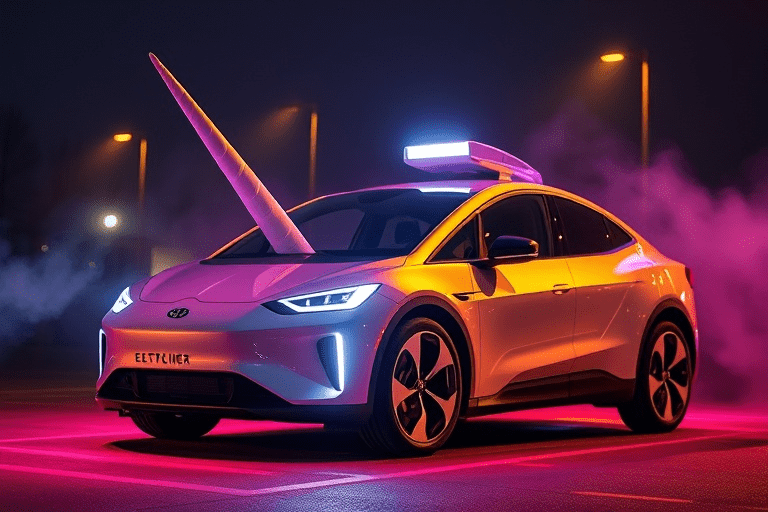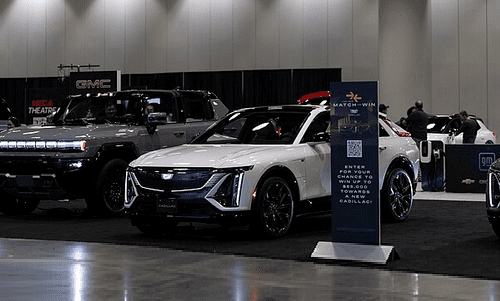Toronto, Ontario — In this week’s EV/AV Report, Tesla is rumored to be getting a “Night Curfew” mode that will allow parents to set a maximum speed limit and reduce acceleration in vehicles; while the Institute for Highway Safety (IIHS) reports that partial automation systems don’t help to prevent crashes despite public opinion.
No more night moves
A rumored upcoming software update for Tesla vehicles could see new parental controls including a “Night Curfew” feature that would send notifications to the Tesla mobile app when a vehicle is driven past a set curfew time.
The “Night Curfew” mode will also potentially allow for parents or other users to set a maximum speed limit and reduce acceleration in a vehicle.
While Tesla already has a “Valet Mode” which allows for similar functions, this latest rumored update would allow parents or other users to set limitations for drivers. Specifically, parents would be able to limit the acceleration to “Chill,” which would restrict horsepower and torque while their teens were behind the wheel.
According to Autoblog, other features within the parental controls reportedly include the ability to prevent a driver from disabling the speed limits and collision warnings, or automatic emergency braking (AEB).
While the update is only a rumor at the moment, Autoblog further notes that the feature could also be beneficial for owners who rent their Teslas out to the public.
Partial problems
The Institute for Highway Safety (IIHS) recently released a report arguing that partial automation systems like Ford’s Blue Cruise aren’t regulated well enough, and in fact, it believes that the systems can instead introduce new risks into the driving experience. Moreover, the IIHS believes that partial automation doesn’t help prevent crashes at all.
The agency conducted a study to support these claims where it found that partial automation in vehicles doesn’t offer up any additional safety benefits beyond those of existing crash avoidance features like automatic emergency braking (AEB).
The main reason for this oversight in safety has to do with the fact that many consumers do not use the technology properly, the IIHS says, with consumers viewing the features as being fully autonomous rather than as a partial aid.
“With no clear evidence that partial automation is preventing crashes, users and regulators alike should not confuse it for a safety feature,” said Jessica Cicchino, senior vice president for research at IIHS. “At a minimum, safeguards like those IIHS promotes through its rating program are essential to reduce the risks that drivers will zone out or engage in other distracting activities while partial automation is switched on.”
To see the IIHS’ full report, click here.
The post EV/AV Report: Electric vehicles get a curfew; while partial automation in vehicles deemed not to prevent crashes appeared first on Collision Repair Magazine.































